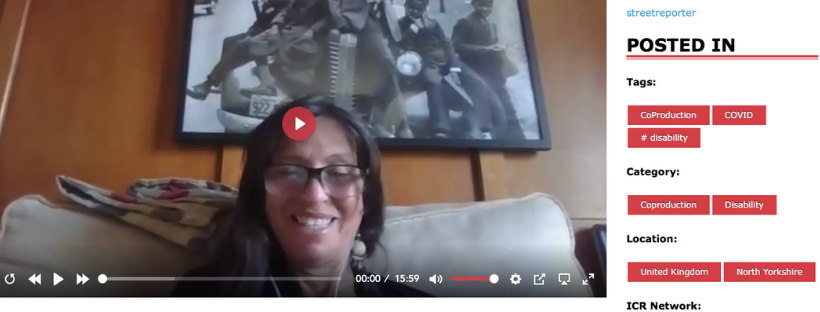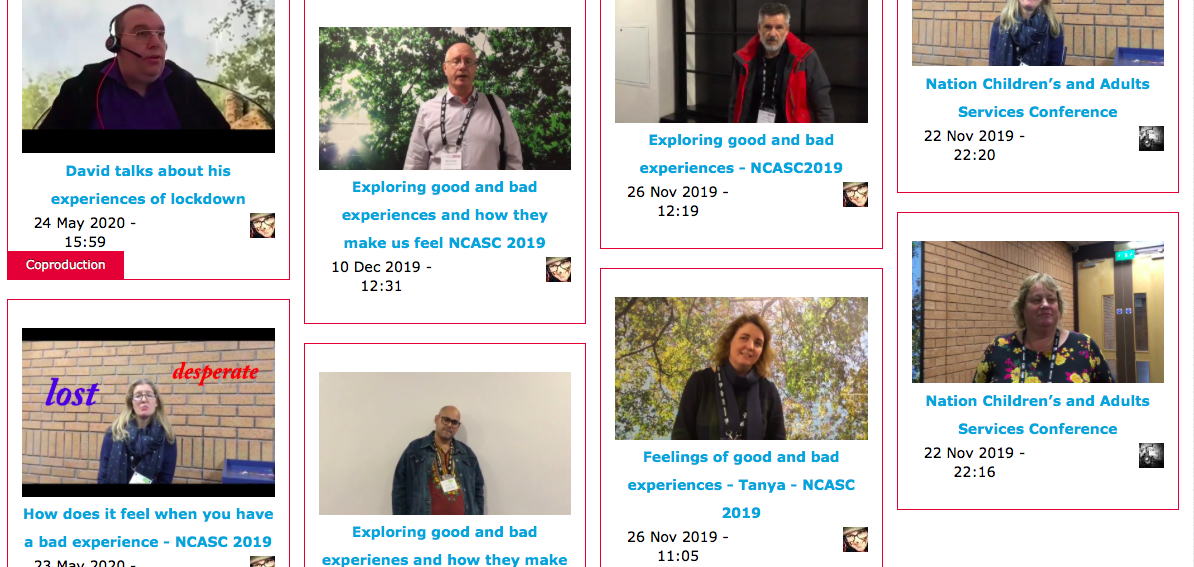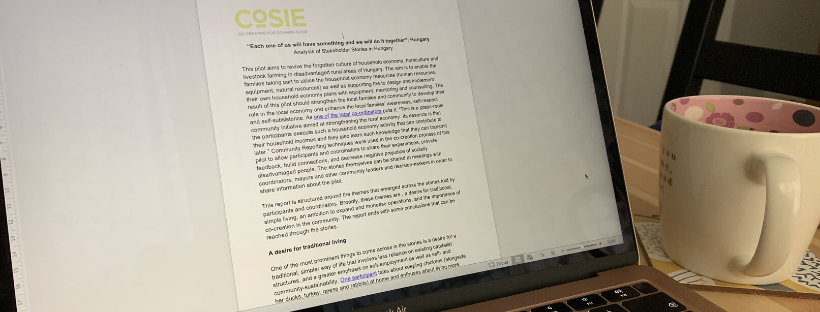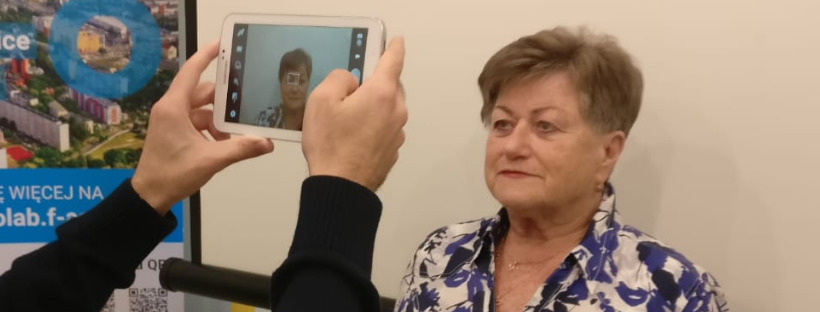SHARE YOUR STORY – JOIN THE COVID CONVERSATION

Stories are vehicles that build bridges between people and support common understanding. Digital storytelling in particular, helps to connect communities and has thrived as a tool for social transformation and justice.
#COVIDConversations is a pan-European storytelling project that we launched with members of the Community Reporting network with the vision to create a shared public space for ‘COVID conversations’. The project focuses on hearing the ‘unheard’ voices during the pandemic and providing a platform through which people with the least resource and power in society can share their experiences. You can hear some of the initial stories here: https://communityreporter.net/covid-conversations
This project will enable people to not only share their lived experience with one another and but also with institutional powers, to build a better society post-pandemic that is focused on cooperation and solidarity. We will be working with our partners later in the year (and probably next year too) to host knowledge exchanges based on the learnings from the stories to inform and influence what happens next.
COVID-19 has exposed and enhanced society’s inequalities. It is important that we do not go back to normal and sweep these issues under the carpet. It is vital that people’s voices are heard during and post-pandemic, and that we truly understand the ways in which these uncertain and turbulent times have impacted on people’s lives. There is a real danger that the narrative of the crisis will be dominated by those with existing power and resource, and that recovery responses will be paternalistic and delivered in a ‘done to’ manner. #COVIDConversations seeks to ensure that other, more diverse voices are not only a part of the conversation, but are also actively involved in the recovery and are key players in how we re-build our communities for the better.
In this light, we have launched a ‘SHARE YOUR STORY’ function on the Community Reporter website. Here you can submit your experience of the pandemic as a text, photo, audio or video file and one of the team will review it to ensure it is in-line with our Responsible Storytelling practices before it is published to the site. Click the button below to submit your story.




